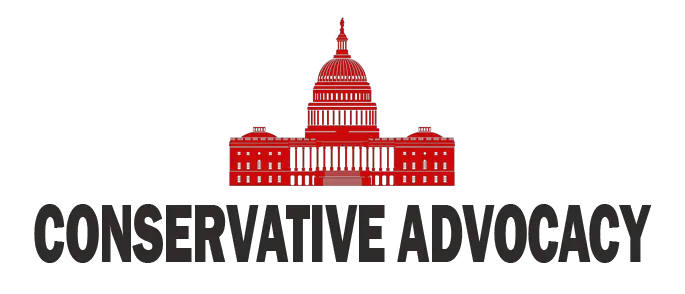President Donald Trump’s executive order designating English as the official language of the United States has sparked widespread debate, marking a significant milestone in the nation’s long-running cultural and political discourse. Signed on March 1, 2025, the order revokes a Clinton-era mandate that required federal agencies to provide language assistance for non-English speakers. While the directive allows agencies to continue offering multilingual services at their discretion, it emphasizes that English is now the sole official language for government operations—a move hailed by conservatives as a step toward national unity and efficiency.
Supporters of the executive order argue that it reinforces a shared cultural identity and streamlines government functions. For decades, conservatives have championed English as a unifying force in a nation with an increasingly diverse population. The White House described the measure as fostering “unity, efficiency in governmental operations, and a pathway for civic engagement.” Advocates also highlight the practical benefits of encouraging immigrants to learn English, asserting that proficiency in the language is essential for economic mobility, community integration, and full participation in American society.
From an “America First” perspective, this policy aligns with broader efforts to prioritize national cohesion over multicultural accommodations. Vice President J.D. Vance, a longtime proponent of English-language legislation, underscored that establishing a common language strengthens national identity while reducing bureaucratic inefficiencies. Conservatives view this as a long-overdue correction to policies that they believe placed undue burdens on taxpayers by funding extensive multilingual services. The move also resonates with voters who see English as an integral part of American heritage and governance.
However, critics of the order warn of potential consequences for immigrant communities and non-English speakers. Advocacy groups argue that removing federal obligations for multilingual services could create barriers to accessing healthcare, legal assistance, and voting resources. They contend that this policy risks alienating millions of Americans who are still learning English or rely on language assistance programs. Opponents also view the measure as symbolic of exclusion rather than inclusion, framing it as part of a broader agenda to stoke division and limit immigration.
Despite these criticisms, Trump’s decision reflects widespread public support for English as the de facto national language. More than 30 states have already adopted similar measures at the state level, and polls consistently show strong backing among Americans for making English the official language. For many conservatives, this executive order represents a victory for common sense governance and cultural preservation in an era of rapid demographic change.
As this policy takes effect, its long-term impact will depend on how federal agencies and state governments implement it. While some may continue offering multilingual services voluntarily, others could use this opportunity to scale back accommodations in favor of cost-cutting measures or promoting English proficiency. Regardless of its practical outcomes, Trump’s executive order sends a clear message about his administration’s priorities: fostering unity through shared values while reaffirming America’s cultural foundations.




